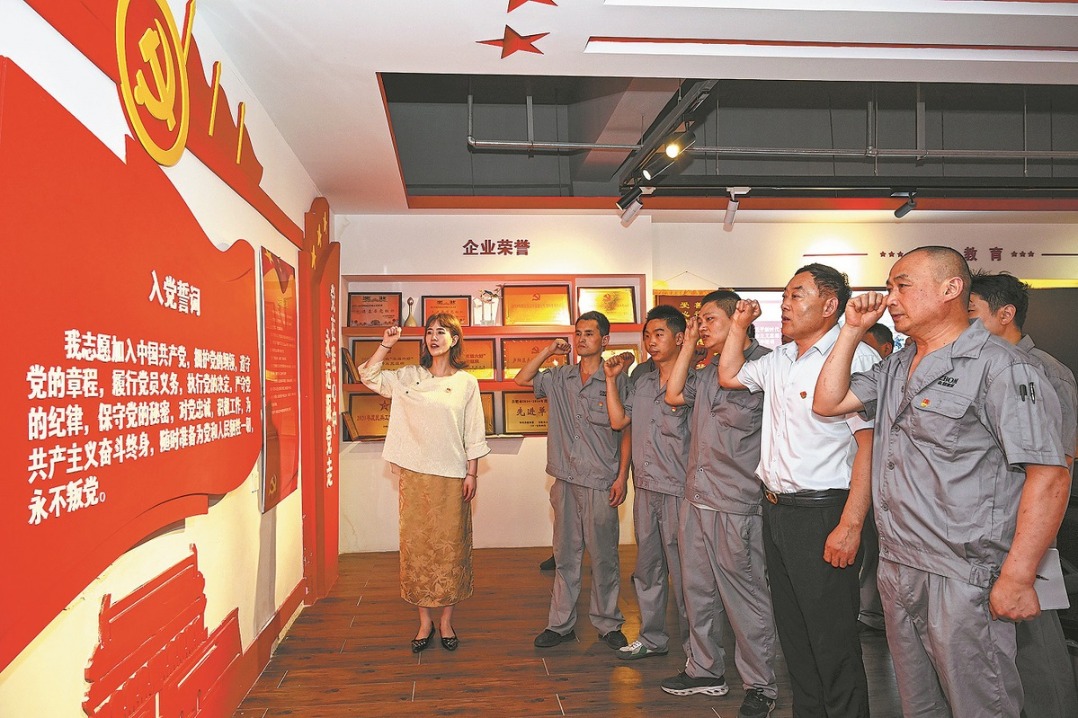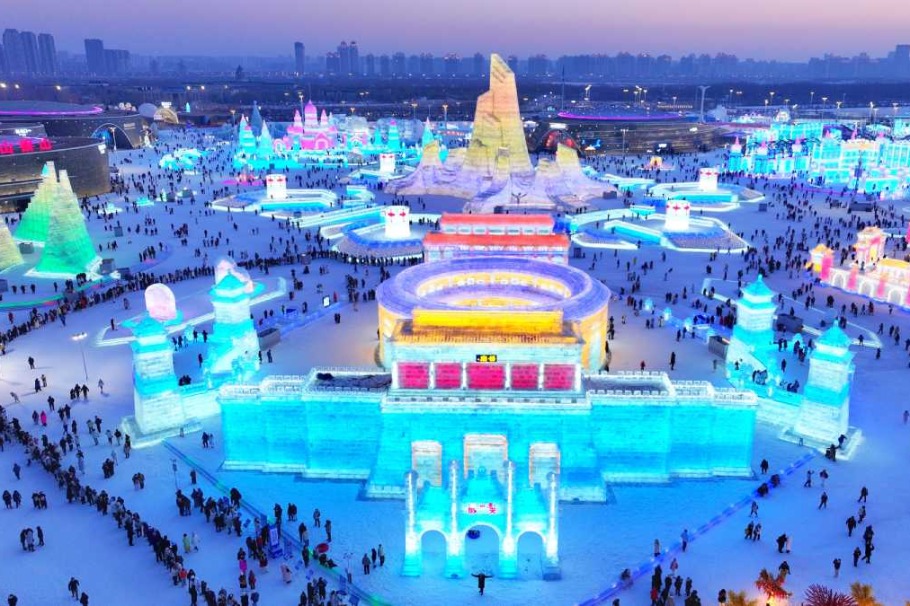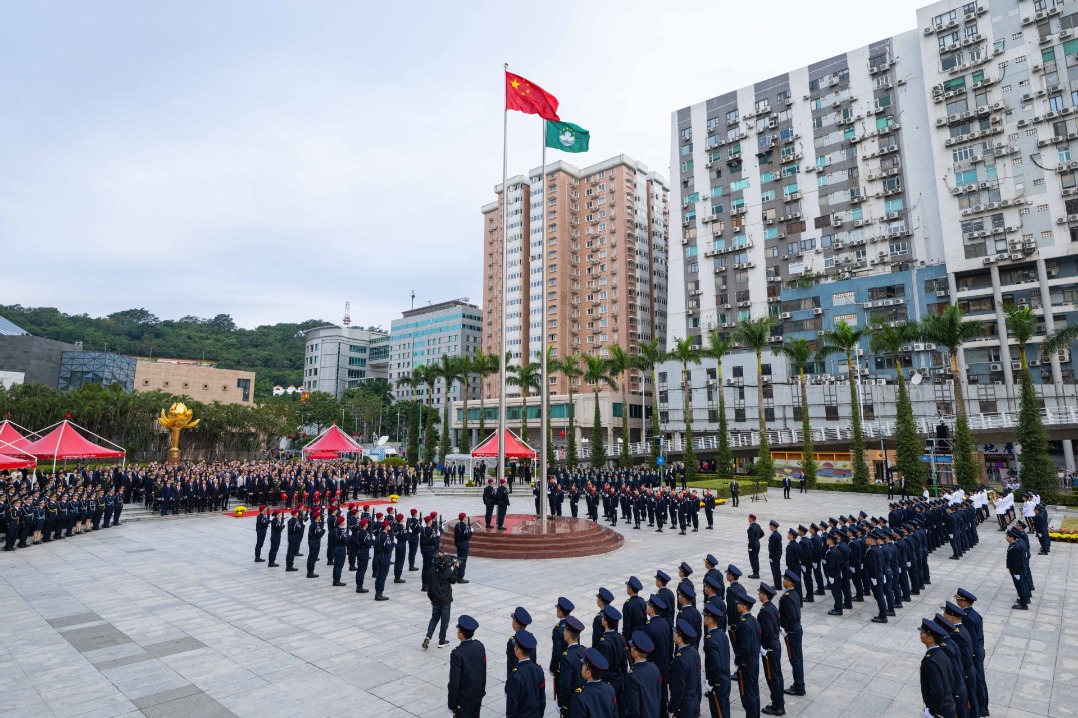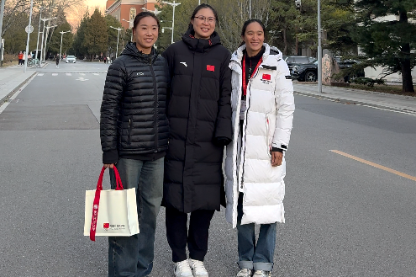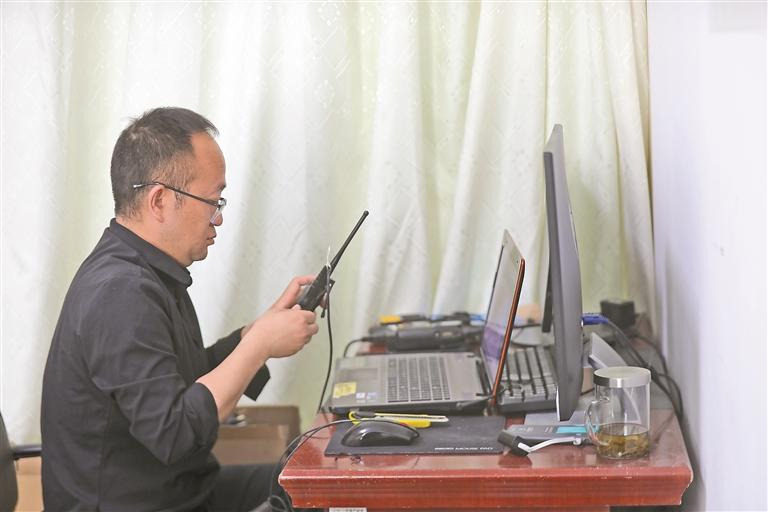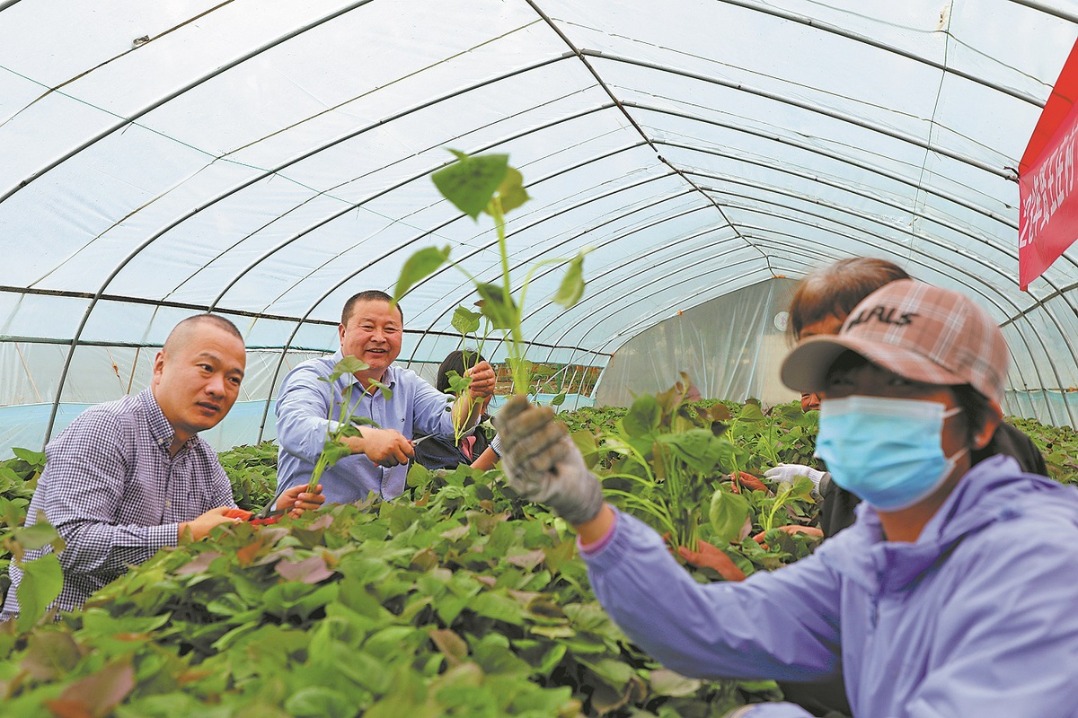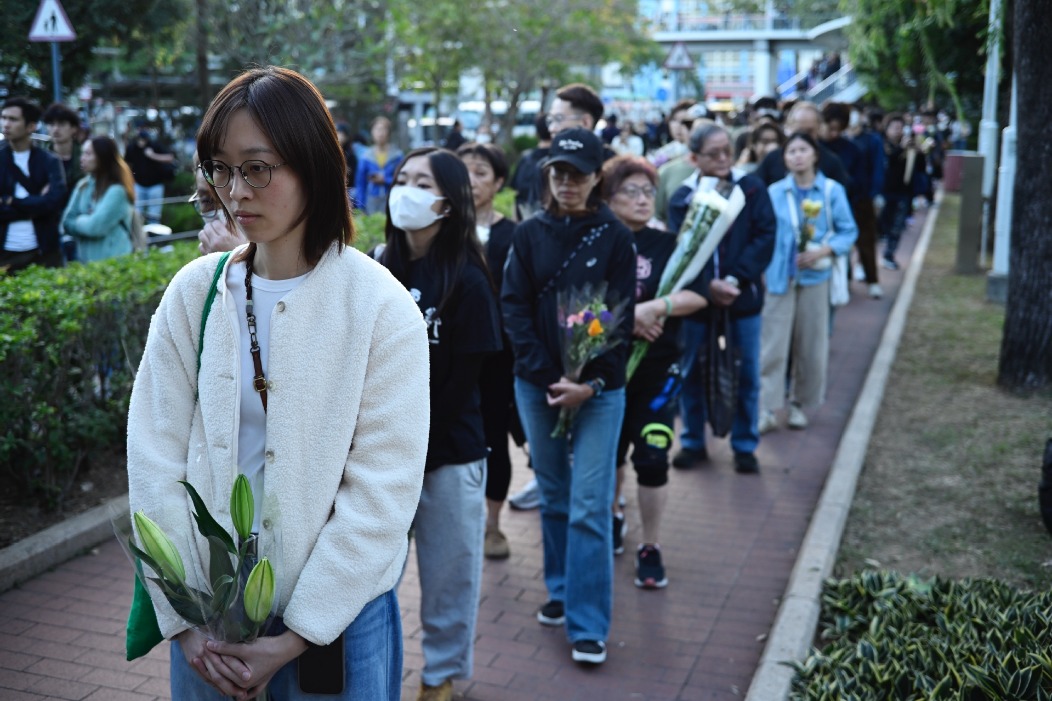Beijing green transportation leads to good improvement in air quality

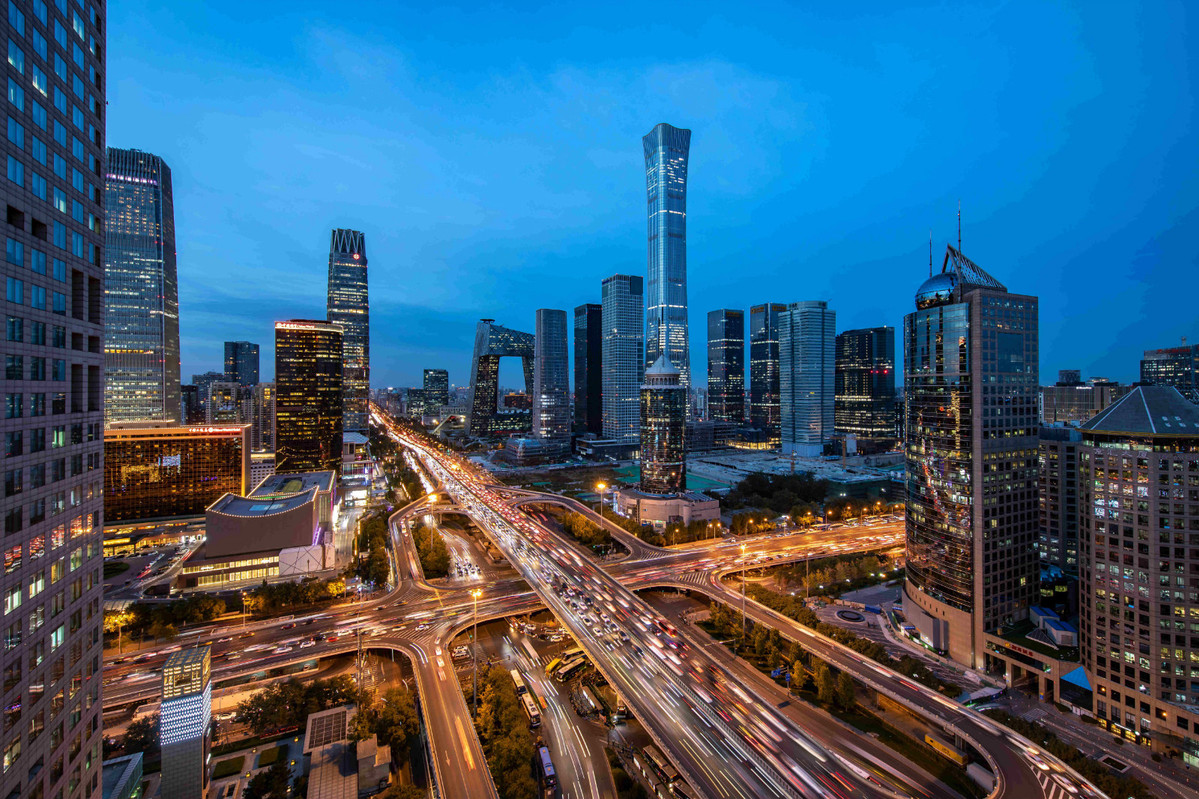
The average concentration of PM2.5 - fine particles that are hazardous to health - in Beijing in 2020 was 38 micrograms per cubic meter of air, the lowest since data was first collected in 2013, which signifies that the city has formed a mature mechanism for air pollution treatment, a senior official said on Monday.
Yu Jianhua, deputy head of the Beijing Municipal Ecology and Environment Bureau, said it is the first time that Beijing's annual average PM2.5 density dropped below 40 mcg per cubic meter.
Beijing saw 276 days with good air quality last year, 90 days more than in 2015.
The city had taken measures to reduce carbon emission in the past five years, said Rong Jun, spokesman of the capital's transport commission at the news conference on Monday.
The percentage of green transportation in Beijing's downtown area has increased from 70.7 percent by the end of 2015 to 74.1 percent by the end 2019, which means green and low-carbon transportation have become the first choice of citizens when they go out, said Rong.
"Green transportation has effectively cut carbon emissions," he said.
In 2015, 9.5 percent of the population chose cycling when they went out, while the percentage had grown to 12.1 percent by the end of 2020.
- China launches communication technology test satellite
- Spokesperson warns against aggression toward mainland fisherman
- Lhasa wetland reserve recognized as world's highest altitude wetland
- Chengdu woman sentenced for fatally stabbing neighbor
- Mainland coast guard's patrol in Xiamen-Kinmen waters to safeguard maritime order: spokesperson
- Independent committee starts work as HK moves to liquefy owners' group

















